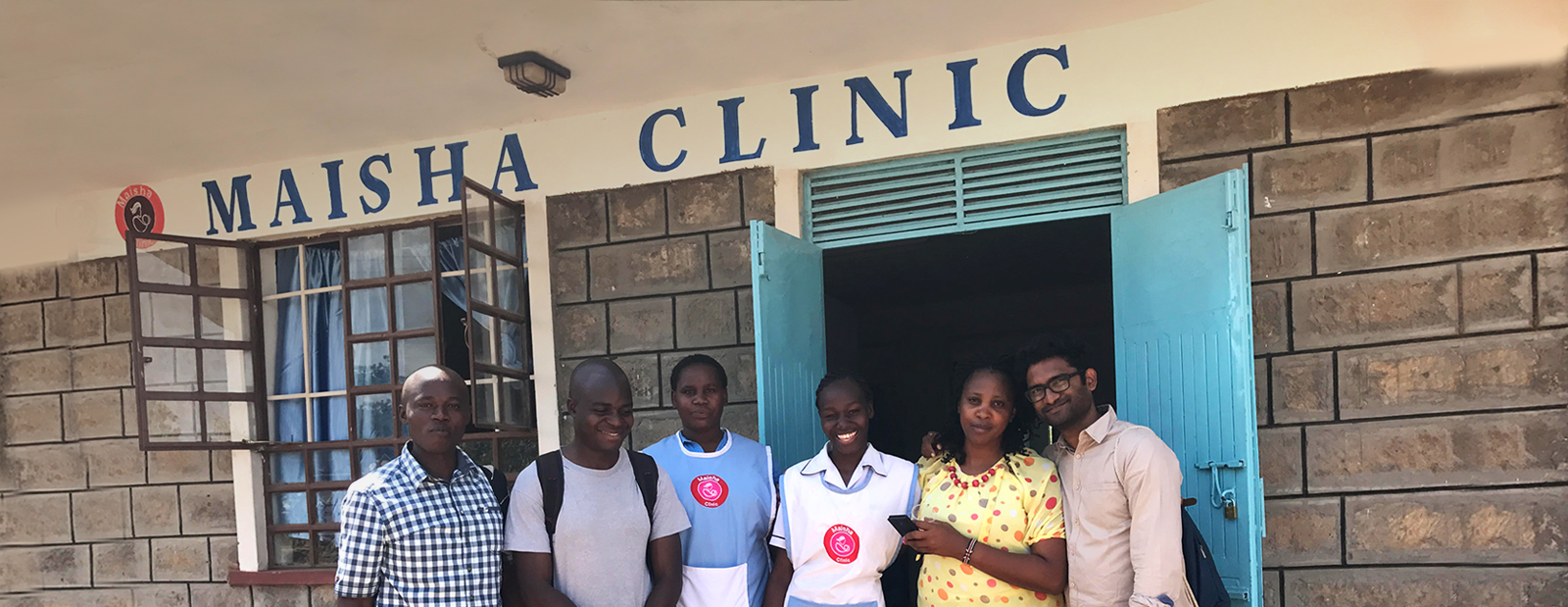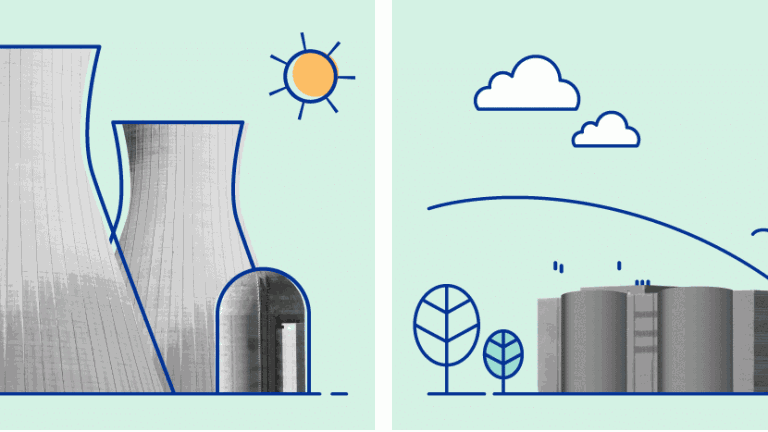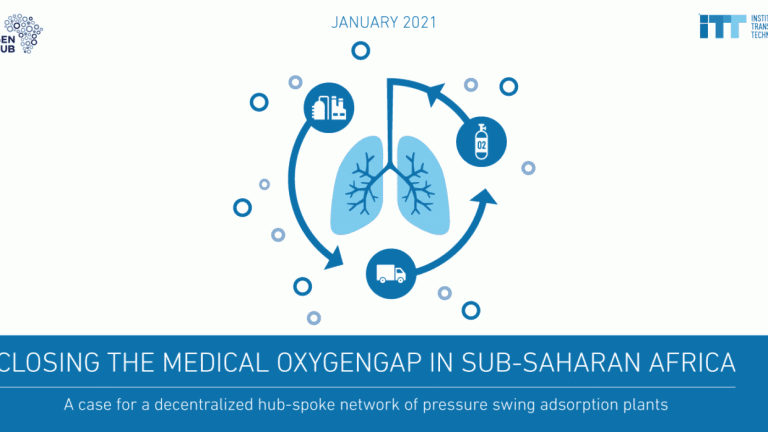My parents brought us up in a home of generosity. While I had always been interested in social change, I didn’t do much until my final year of medical school. After surviving a near fatal car accident with a friend, my outlook on life changed. I realized that the support and choices that we had, were not available to most patients at Gandhi Hospital in Secunderabad (south India). Moved by the inequality in health and the needless loss of life, I decided to begin volunteering at the blood bank of our hospital and conduct health camps with the Red Cross.
Simple interventions such as vaccinations, awareness around personal hygiene and safe birthing practices improved health outcomes, but scaling our efforts and sustaining healthy behaviors proved challenging. These experiences pushed me to channel my efforts in reducing healthcare access gaps, because it’s a shame that more than 400 million people don’t have access to primary healthcare when the scope for technology to reduce costs and improve clinical outcomes is humongous. Healthcare is a basic human right, and the inequality in the access to primary healthcare motivates me to work to create a sustainable healthcare delivery system that addresses the public health challenges of today.
At the Institute for Transformative Technologies, the 500 Watt Clinic project attempts to tackle the problem of access to primary healthcare in rural and suburban Kenya, India and Pakistan through energy efficient low-cost technologies. According to the WHO, the top 5 diseases that have the highest mortality in Kenya are HIV, influenza and pneumonia, diarrheal disease, malnutrition and birth trauma – all preventable and treatable conditions. The acute shortage of doctors and their availability in the cities makes it difficult for rural patients to seek healthcare services. The shortage and interruption of power makes it difficult for diagnostic devices to function.
Through a telemedicine platform that connects a rural nurse with a doctor, we address the issue of rural doctor shortage. I am responsible to architect and implement the clinical decision support system, through which we empower nurses to provide basic medical care. The clinical protocols collect all relevant information so that doctors can see more patients, addressing the unit economics of our model. Lastly, the point-of-care diagnostic devices that are low energy using and powered by batteries, reduce patient trips to the lab by giving results in fewer than 20 minutes, addressing the cost issue of lab tests and promoting treatment adherence while reducing grid power dependence. Through community outreach and health counseling we create engaged patients and nurse collaboration, while maximizing the utilization of the doctor’s time to improve clinical outcomes. As a physician, I would have treated 20,000 patients over my lifetime but through technology, design and empathy I cherish the opportunity to impact the lives of millions of patients who need it the most.






